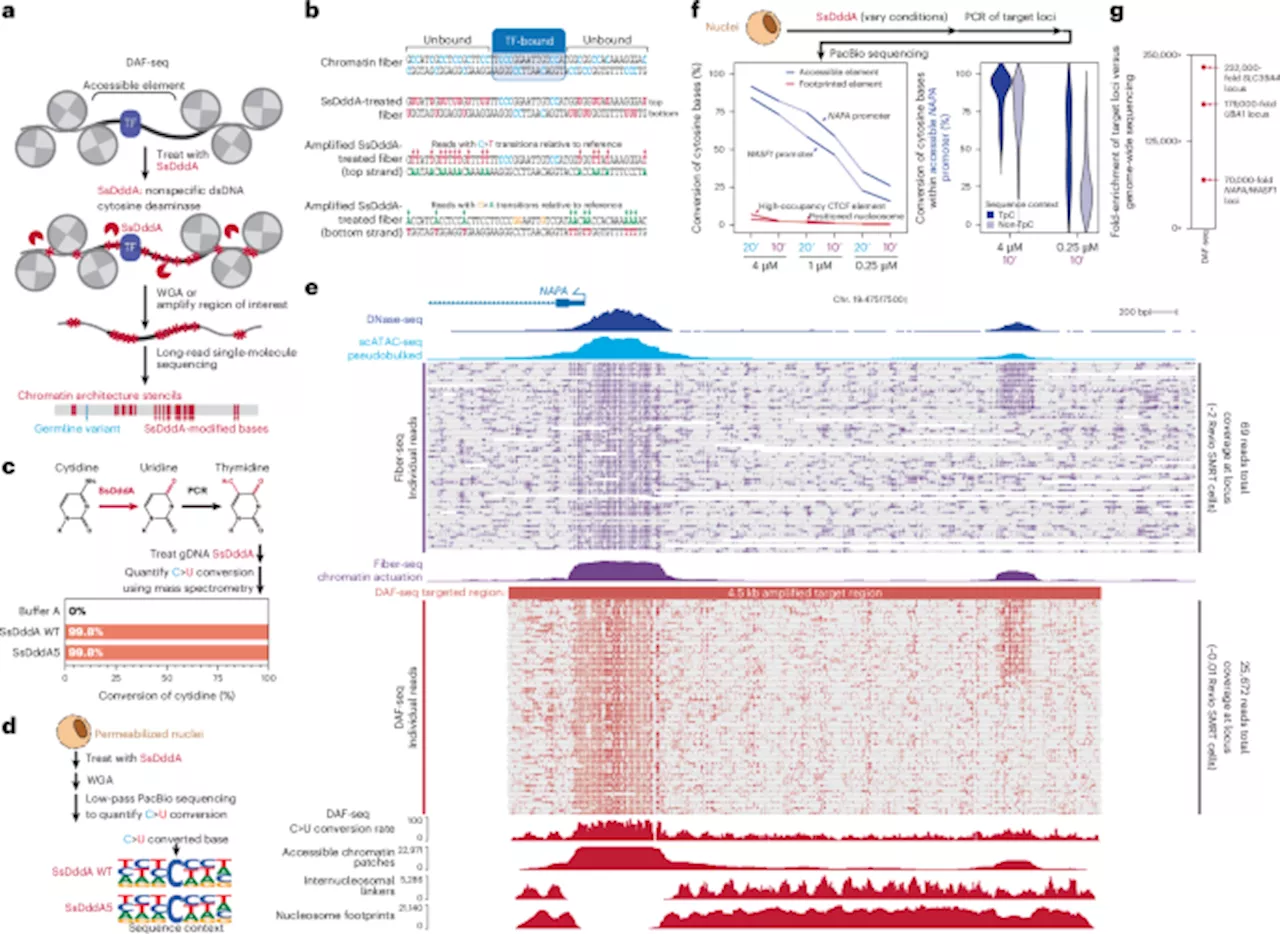The global market for diagnostic testing is set for significant growth, with projections estimating the semiconductor testing sector to reach $39 billion by 2025, while the medical lab testing market could soar to $125 billion. Recent research from Texas McCombs suggests a novel approach to testing complex systems, which may streamline diagnostics for both semiconductor chips and medical clinics, potentially saving time and resources.
Innovative Approach to Testing Systems
Rohan Ghuge, an assistant professor of decision science at Texas McCombs, highlights the commonality between testing computer chips and human health: both involve intricate systems with numerous components. Traditional testing often employs a sequential process, where clinicians might first evaluate vital signs before moving on to tests such as electrocardiograms and blood work. Ghuge points out that this method can be inefficient, stating, “That’s going to take a lot of time, which we don’t really want to waste for a patient.”
His research, detailed in the journal Operations Research, explores the idea of conducting a comprehensive set of tests in a single round, aiming to yield critical information much more quickly. “We want something that’s highly scalable, deployable, and uniform,” Ghuge emphasizes, suggesting that this protocol could be implemented across various types of chips and medical situations.
Combining Success and Failure in Diagnostics
To develop an efficient testing protocol, Ghuge collaborated with Anupam Gupta from New York University and Viswanath Nagarajan from the University of Michigan. Their strategy involved selecting a limited number of tests designed to classify a system’s risk level as low, medium, or high. By merging tests that diagnose success and those that identify failure, the researchers aimed to create a unified diagnostic approach.
Ghuge explains, “You create two lists, say, a success list and a failure list. You combine a fraction of the first list and a fraction of the second list.” This combination allows for a simultaneous assessment of whether a system is functioning properly or failing.
An existing medical example of this is the HEART Score, which evaluates five critical factors to quickly determine the risk of significant cardiac events in patients presenting with chest pain.
In simulations conducted by Ghuge, his algorithm produced results over 100 times faster than traditional sequential testing methods, albeit at a cost that averaged 22% higher. He acknowledges this trade-off, saying, “The tests are a bit more costly. The trade-off is that you can get them done a lot faster.” Additionally, he believes that a single batch of tests could ultimately reduce overall setup costs compared to conducting tests individually.
Looking forward, Ghuge is eager to apply his algorithm in practical settings. He envisions a scenario where a broadband network, such as Google Fiber or Spectrum, could utilize his method for daily testing to quickly diagnose system functionality. “There’s a gap between that and applying it in practice,” he notes, expressing enthusiasm about discussing potential applications with industry practitioners.
As diagnostic testing continues to evolve, Ghuge’s innovative research could pave the way for more efficient and effective approaches, benefiting both the semiconductor industry and healthcare providers.







